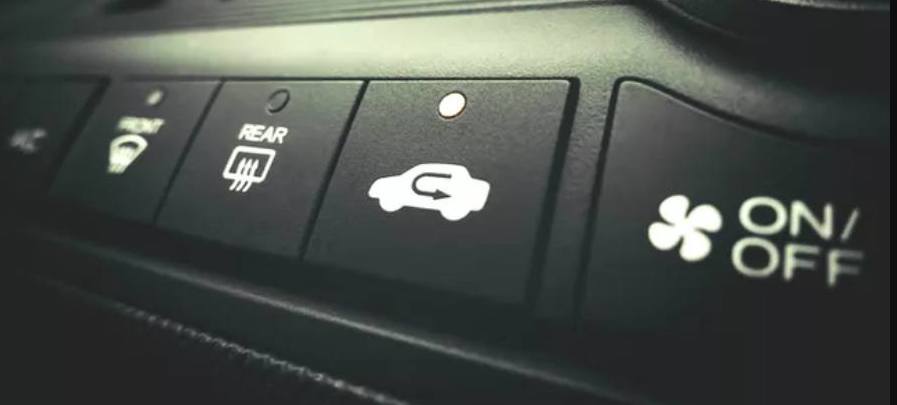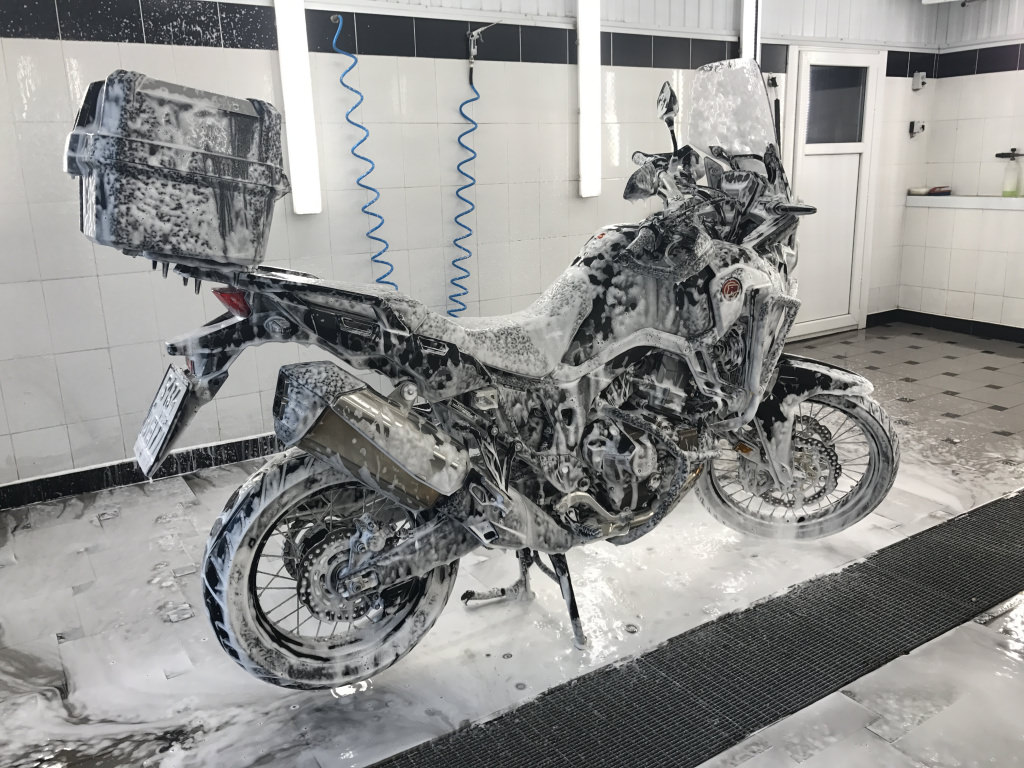
When should you use the traction control button in your car
Content
The most commonly used traction control systems apply ABS to a spinning wheel or reduce engine power when a spinning wheel is detected. These systems reduce power to one, two, three, or all four wheels, depending on the vehicle's transmission.
Launched on the market by Bosch in 1986, it is designed to prevent loss of wheel traction so that they do not slip when the driver exceeds the vehicle's acceleration or the ground is very slippery.
This system uses ABS sensors to determine if one of the front wheels is spinning at a different speed than the rear wheels. When this happens, it can turn off fuel injection so the wheels slow down and don't spin.
When should you use the traction control system in your car?
You should use the traction control system when driving on slippery surfaces such as wet roads or when there is snow or ice around. In addition, traction control also prevents wheel spin when accelerating on dry roads if too much power is applied too quickly.
If your car has a lot of horsepower and you go full throttle without traction control, your wheels will spin and you will most likely damage your tires. However, in some cases the driver may not want the traction control to work this way, which is why there is often an on/off button for the traction control.
The traction control system works to reduce torque and thus restore traction between the tire and the ground.
It's a pretty efficient system, but it's best not to push them too hard: on the one hand, a lot of force is placed on the brakes, and on the other hand, sharp acceleration failures cause quite jerky engine movements. on its hills that age prematurely.
When should you turn off traction control?
It's best to never turn traction control off. However, there are drivers who know what they can and cannot do, so they decide to drive without the help of traction control.
If you're driving on clean, well-maintained roads, it's perfectly normal to disable the traction control. In addition, disabling traction control can increase fuel economy and slightly reduce tire wear.
However, these benefits are far outweighed by the increased risk of disabling traction control.
:
